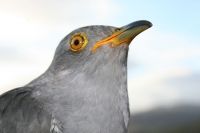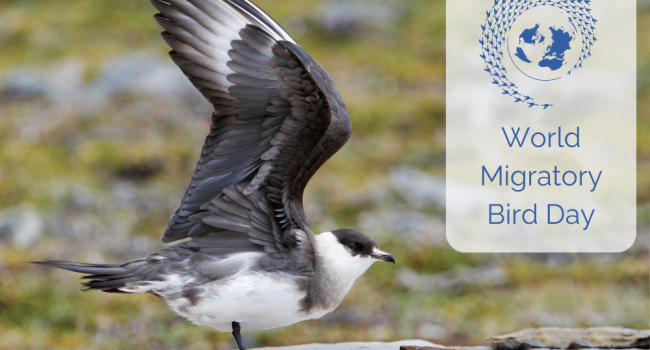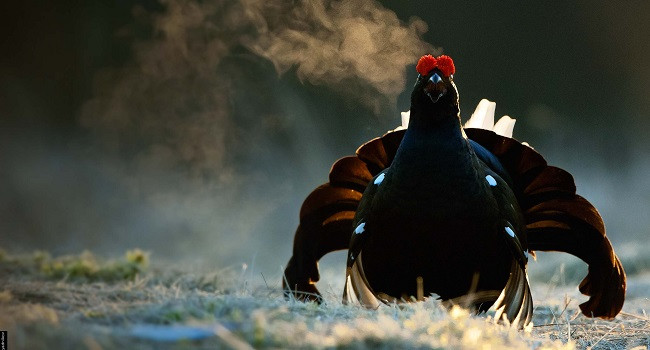Scotland's own famous five
01 Jun 2012 | No. 2012-20
Following on from the success of a Cuckoo satellite-tagging project in England, the British Trust for Ornithology (BTO) has now fitted tags to five Cuckoos in Scotland.
Cuckoos in Scotland.
In the spring of 2011, five male Cuckoos, dubbed the famous five, were fitted with tags in East Anglia with the aim of finding out what routes these birds took to Africa, where they stopped to rest and feed-up and where they finally stopped to spend the winter months, information that would help fill gaps in the knowledge of this declining bird.
During the last few weeks scientists from the BTO have fitted five male Cuckoos with satellite tags at Loch Katrine in the Loch Lomond and Trossachs National Park, giving Scotland their very own ‘famous five’. The scientists are able to follow these birds as they leave Scotland and head for sub-Saharan Africa.
In England the Cuckoo has declined by 51%, whilst in Scotland the decline has been much less severe at 9% over the same period. Indeed, in some parts of Scotland Cuckoo numbers are actually growing. The five tagged Cuckoos will help identify whether this is down to a different migration strategy employed by Scottish Cuckoos.
Lead scientist on the project at the BTO, Dr Chris Hewson comments, “We need to know whether Cuckoos in Scotland face different pressures to those in England. It might be that they migrate on a different route, or at a different time, or that they spend the winter months in a different area. It could be that their return to the UK in the spring is different in some way. Right now we just don’t know, but we do have the potential to find answers to these questions from these five birds.”
He added, “Over the last few days two of the birds have left Scotland. Cuckoo 115600 is in the North York Moors, whilst the other one, named BB, has left the UK altogether and is now on the island of Terschelling in the Netherlands. It is great to watch these birds reveal their journeys to Africa as they unfold.”
The 2011 birds revealed two different migration routes, one through Spain and one through Italy, important stopover sites and the final winter destination, all in near real time to the scientists and members of the public who were following the amazing journeys as they unfolded on the BTO website.
Some of the cuckoos still need names. You can follow these birds on the BTO website as they undertake the hazardous journey to sub-Saharan Africa just visit www.bto.org and get more information about naming them.
Notes for Editors
- The BTO is the UK's leading bird research organisation. Over thirty thousand birdwatchers contribute to the BTO's surveys. They collect information that forms the basis of conservation action in the UK. The BTO maintains a staff of 100 at its offices in Norfolk, Stirling and Bangor, who analyse and publicise the results of project work. The BTO's investigations are funded by government, industry and conservation organisations.
- The BTO Cuckoo tracking project is funded by Essex and Suffolk Water, BBC Wildlife Fund, BTO Cuckoo sponsors, BTO Cuckoo Champions, BTO supporters and Mark Constantine and the Sound Approach.
- Anyone can become a Cuckoo sponsor or Champion, please see the BTO website for more information, www.bto.org.
Contact Details
Paul Stancliffe
(BTO Press Officer)
Office: 01842 750050
(9am to 5.30pm)
Mobile: 07585 440910 (anytime)
Email: press [at] bto.org
Dr Chris Hewson
(BTO Research Ecologist)
Office: 01842 750050
(9am to 5.30pm)
Email: chris.hewson [at] bto.org
Images are available for use alongside this News Release
Please contact images [at] bto.org quoting reference 2012-20
The BTO has an ISDN line available for radio interviews
Please contact us to book an interview
Office: 01842 750050







Share this page